Train stations are more than just transit hubs; they are architectural masterpieces that reflect the history, culture, and artistic vision of their cities. From grand historical landmarks to modern engineering marvels, these stations captivate travelers with their stunning designs. Whether blending classic elegance with contemporary innovation or housing lush indoor gardens, each station offers a unique and memorable experience. Here are twelve of the most beautiful train stations in the world, where transportation meets breathtaking artistry.
1. Kuala Lumpur Railway Station – Kuala Lumpur, Malaysia
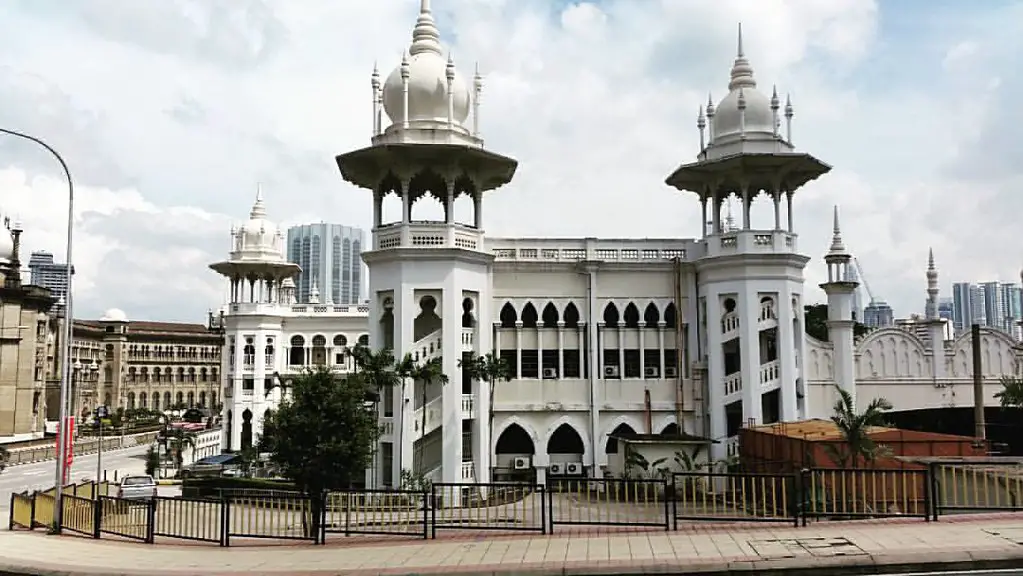
Kuala Lumpur Railway Station is a captivating mix of Moorish, Mughal, and Gothic architectural styles. Its white domes, pointed arches, and ornate minarets give it the appearance of a grand palace rather than a train station. The intricate detailing reflects Malaysia’s colonial past while showcasing influences from Islamic and European architecture. This distinctive blend makes it one of Southeast Asia’s most striking railway stations, as highlighted by Time Magazine.
Though no longer the city’s main rail hub, the station remains an important landmark and cultural site. Its historic charm attracts visitors who appreciate its unique design and historical significance. The station stands as a reminder of Malaysia’s rich architectural legacy, bridging the past with the present. Whether arriving by train or simply passing by, Kuala Lumpur Railway Station leaves a lasting impression.
2. Chatrapati Shivaji Maharaj Terminus – Mumbai, India
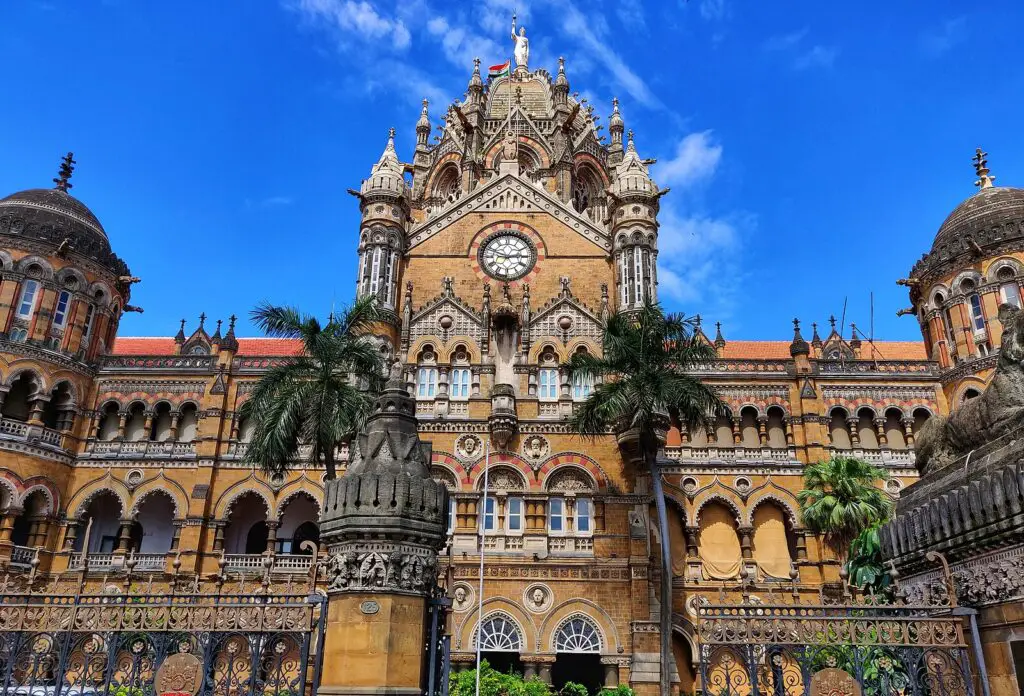
A UNESCO World Heritage Site, Chhatrapati Shivaji Maharaj Terminus is a stunning example of Victorian Gothic Revival architecture infused with traditional Indian influences. Its elaborate façade features detailed stone carvings, stained glass windows, and soaring turrets, resembling a grand palace rather than a train station. The station’s intricate design tells the story of India’s colonial past while celebrating its artistic heritage.
Beyond its beauty, the station is one of India’s busiest railway hubs, serving millions of passengers daily. Despite its constant activity, the structure’s elegance remains undiminished, drawing photographers and architecture enthusiasts alike. Inside, the grand corridors and high ceilings add to its stately presence. This station is not just a transport center but a testament to India’s rich architectural legacy.
3. Hua Hin Railway Station – Hua Hin, Thailand

Hua Hin Railway Station is one of Thailand’s most picturesque train stations, exuding a quaint and nostalgic charm. Its striking red-and-cream wooden structure reflects traditional Thai architecture while incorporating colonial influences. The station’s Royal Waiting Room, built for Thai royalty, adds to its regal appeal, as noted by Lonely Planet. This blend of cultural heritage and vintage charm makes Hua Hin a beloved landmark.
More than just a station, Hua Hin is a destination in itself, drawing photographers and travelers alike. The station’s colorful aesthetic contrasts beautifully with the surrounding tropical landscape. As one of Thailand’s oldest railway stations, it continues to be a gateway to the country’s famous beach resort town. For visitors, Hua Hin offers a glimpse into Thailand’s rich history and architectural beauty.
4. Grand Central Terminal – New York City, USA
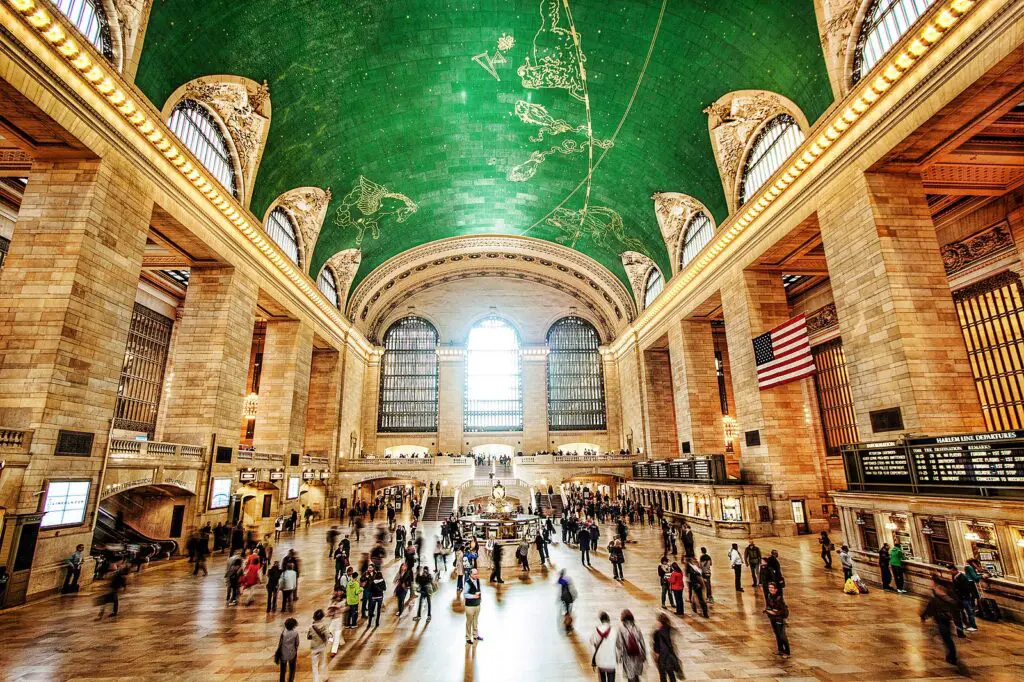
Grand Central Terminal is a true icon of New York City and a masterpiece of Beaux-Arts architecture. The station’s celestial ceiling mural in the main concourse, depicting a starry night sky, leaves visitors in awe. Its intricate details, from the grand marble staircases to the famous Tiffany clock, exude timeless elegance. Even those without a train to catch often linger to soak in the terminal’s beauty.
Beyond its architectural splendor, Grand Central serves as a cultural and social hub. Its lower level features a vibrant dining concourse, including the famous Oyster Bar. The whispering gallery, an acoustic marvel, amazes visitors with its unique sound projection, and the History Channel also notes the terminal’s more hidden gems, like the acorns and oak leaves throughout its design. With its seamless blend of history, functionality, and charm, Grand Central remains one of the world’s most enchanting train stations.
5. St. Pancras International – London, England
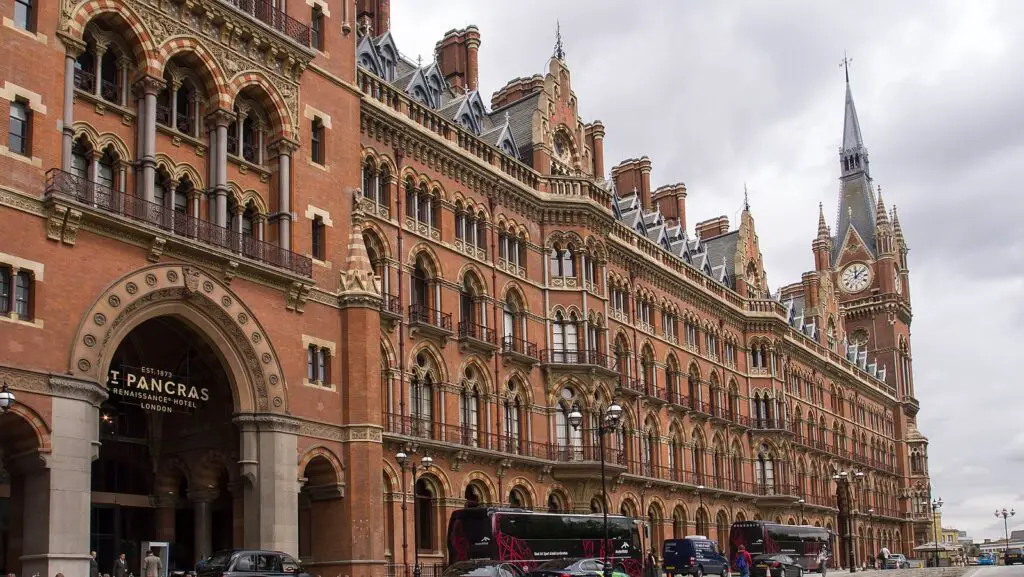
St. Pancras International is an architectural marvel known for its dramatic Victorian Gothic design. The station’s vast, arched roof, supported by intricate ironwork, creates a breathtaking sense of space. Its red-brick façade, complete with towering spires, makes it one of London’s most recognizable landmarks. The station’s grandeur extends beyond its exterior, as its interior seamlessly blends historic charm with modern convenience.
Inside, travelers can explore a variety of shops, restaurants, and even Europe’s longest champagne bar. As a gateway to continental Europe via the Eurostar, St. Pancras offers both beauty and functionality. The station’s careful restoration has preserved its historical significance while making it a vibrant, modern transport hub. Whether passing through or stopping for a drink, visitors can’t help but admire its timeless elegance.
6. Liège-Guillemins – Liège, Belgium
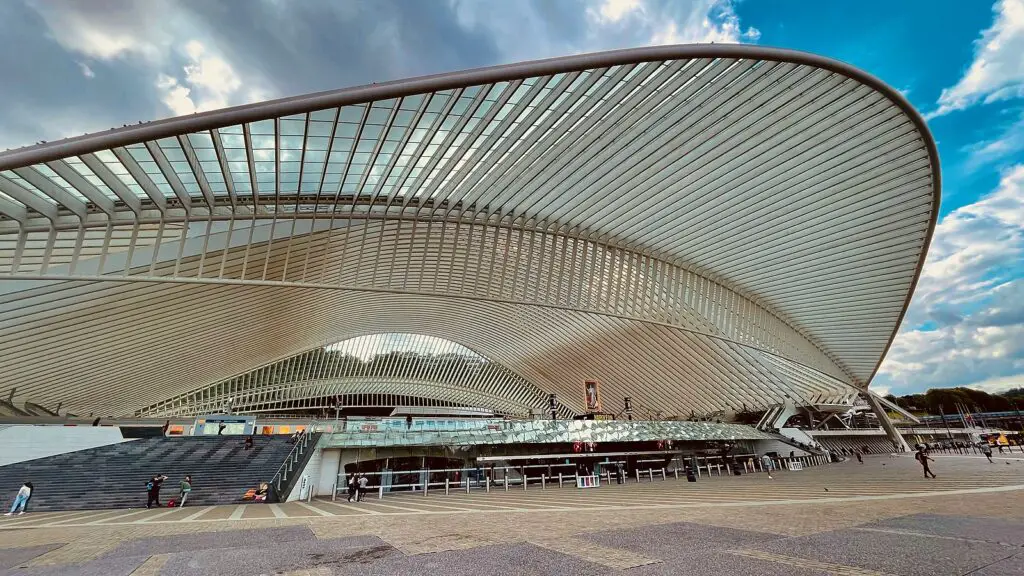
Designed by world-renowned architect Santiago Calatrava, Liège-Guillemins is a futuristic masterpiece. Its sweeping curves, extensive use of glass, and open spaces create a bright and airy environment. Unlike traditional train stations, it embraces a modern aesthetic that feels both innovative and inviting. The fluid design seamlessly blends function and form, making it a remarkable sight.
This station is more than just a transit hub—it’s an architectural landmark that embodies contemporary design. The natural light pouring in through the glass canopy enhances the station’s welcoming atmosphere. Its futuristic design complements the historic city of Liège, serving as a striking contrast. For those who appreciate modern engineering, Liège-Guillemins is an unforgettable experience.
7. Kanazawa Station – Kanazawa, Japan
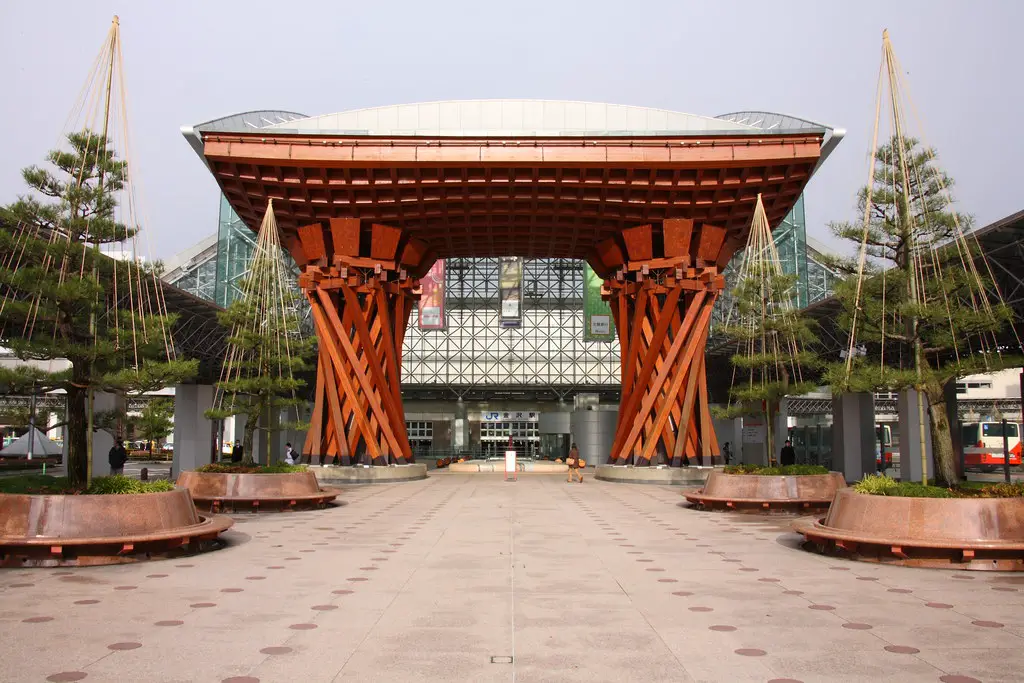
Kanazawa Station is a breathtaking fusion of traditional Japanese aesthetics and contemporary design. The station’s entrance is marked by the iconic Tsuzumi Gate, a striking wooden structure inspired by traditional hand drums used in Noh theater. Complementing this is the Motenashi Dome, a vast glass-and-steel canopy that creates a sense of openness and light. Together, these features make Kanazawa Station one of the most visually impressive transport hubs in Japan.
Beyond its architectural beauty, the station reflects the city’s deep cultural heritage and reputation for hospitality. The combination of wood and glass symbolizes Kanazawa’s balance between old and new. Inside, the station is home to shops and restaurants showcasing the region’s famous crafts and cuisine. Travelers passing through are treated to a seamless blend of artistry, tradition, and modern convenience.
8. Atocha Station – Madrid, Spain
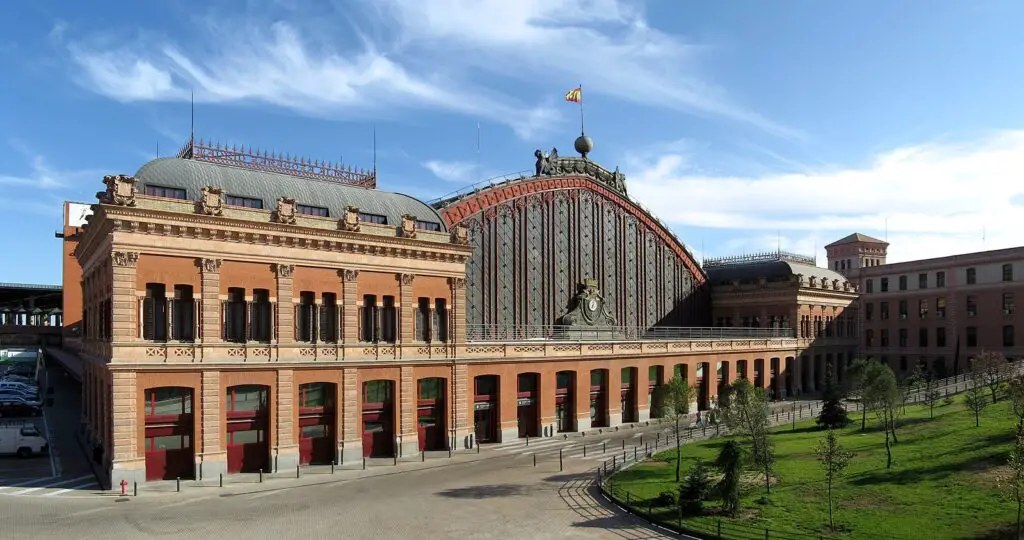
Atocha Station is unlike any other in the world, thanks to its breathtaking indoor tropical garden. Inside the old terminal, towering palm trees, lush greenery, and a serene pond filled with turtles create an oasis of tranquility. This unexpected natural retreat transforms the waiting area into an exotic escape. The fusion of classic architecture and vibrant plant life makes Atocha a truly unforgettable station.
As Madrid’s largest train station, Atocha is a major transportation hub connecting travelers across Spain and beyond. The station’s design seamlessly integrates the historic wrought-iron terminal with a modern high-speed rail complex. Visitors can enjoy a peaceful moment in the garden before continuing their journey. With its unique blend of nature and history, Atocha is more than a station—it’s an experience.
9. Antwerp Central Station – Antwerp, Belgium
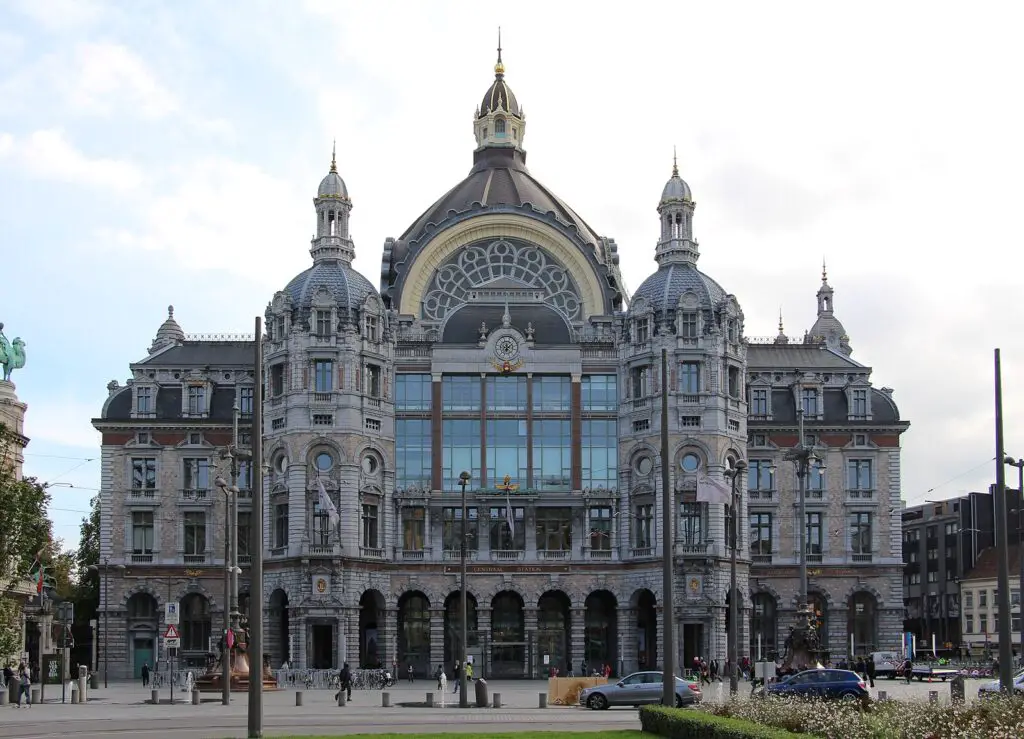
Often referred to as the “Railway Cathedral,” Antwerp Central Station is a masterpiece of eclectic architecture. Its grand stone façade, soaring dome, and intricate detailing make it one of the most beautiful train stations in the world. The interior is equally stunning, featuring marble floors, elaborate ironwork, and a magnificent clock that dominates the main hall. Every inch of this station exudes elegance and craftsmanship.
More than just a visual marvel, Antwerp Central is a vital transportation hub for Belgium and Europe. The station underwent extensive renovations to preserve its historic grandeur while integrating modern railway infrastructure. Today, it welcomes both daily commuters and travelers who pause to admire its beauty. With its blend of functionality and artistic splendor, it remains a symbol of Antwerp’s rich architectural heritage.
10. Milano Centrale – Milan, Italy
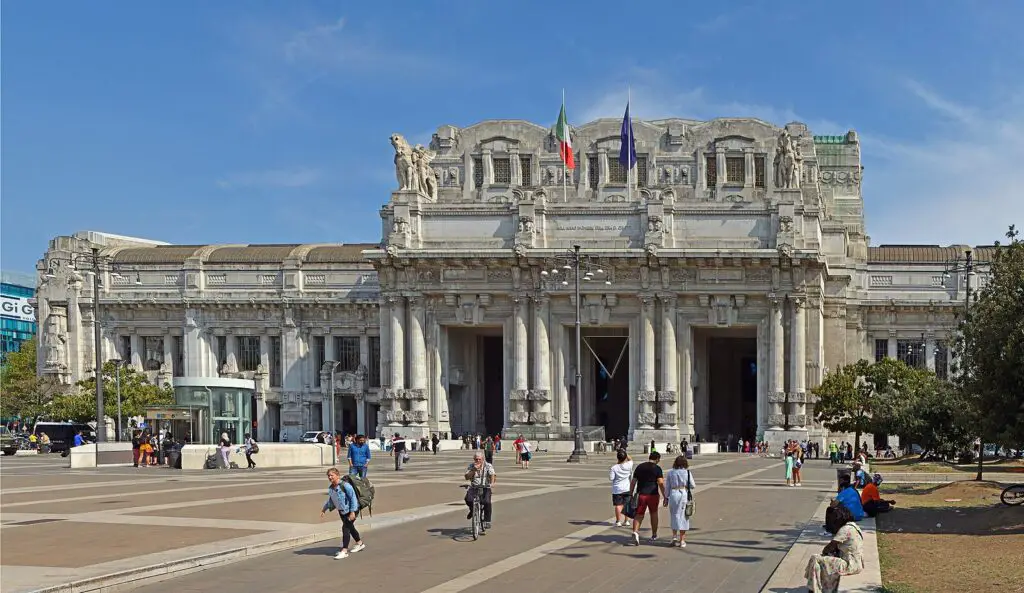
Milano Centrale is a grand testament to Italy’s architectural prowess, combining Art Deco and Fascist-era influences. The station’s imposing exterior features towering columns, elaborate sculptures, and intricate carvings, reflecting its monumental scale. Inside, the vast halls are adorned with marble floors, soaring ceilings, and majestic archways. It serves as a gateway to Milan, a city known for elegance and design.
Beyond its architectural grandeur, Milano Centrale is one of Europe’s busiest transport hubs. The station seamlessly blends historic opulence with modern amenities, providing travelers with a luxurious yet efficient experience. Its detailed artistry makes it feel more like a palace than a transit center. For visitors, it offers a fitting introduction to the sophistication and style of Milan.
11. Estação de São Bento – Porto, Portugal

Estação de São Bento is a true work of art, famous for its mesmerizing azulejo tile murals. These blue and white tiles depict scenes from Portugal’s history, including battles, royal ceremonies, and rural life. Walking into the station feels like stepping into a gallery, where every wall tells a story. The exquisite craftsmanship makes São Bento one of the most visually captivating stations in the world.
Beyond its artistic appeal, São Bento serves as a central hub for trains connecting Porto with other regions of Portugal. The contrast between the station’s elegant Beaux-Arts exterior and its stunning tilework inside creates a unique charm. Travelers often stop to admire the murals before continuing their journey. Whether commuting or simply visiting, São Bento leaves a lasting impression of Portugal’s cultural heritage.
12. Gare de Lyon – Paris, France
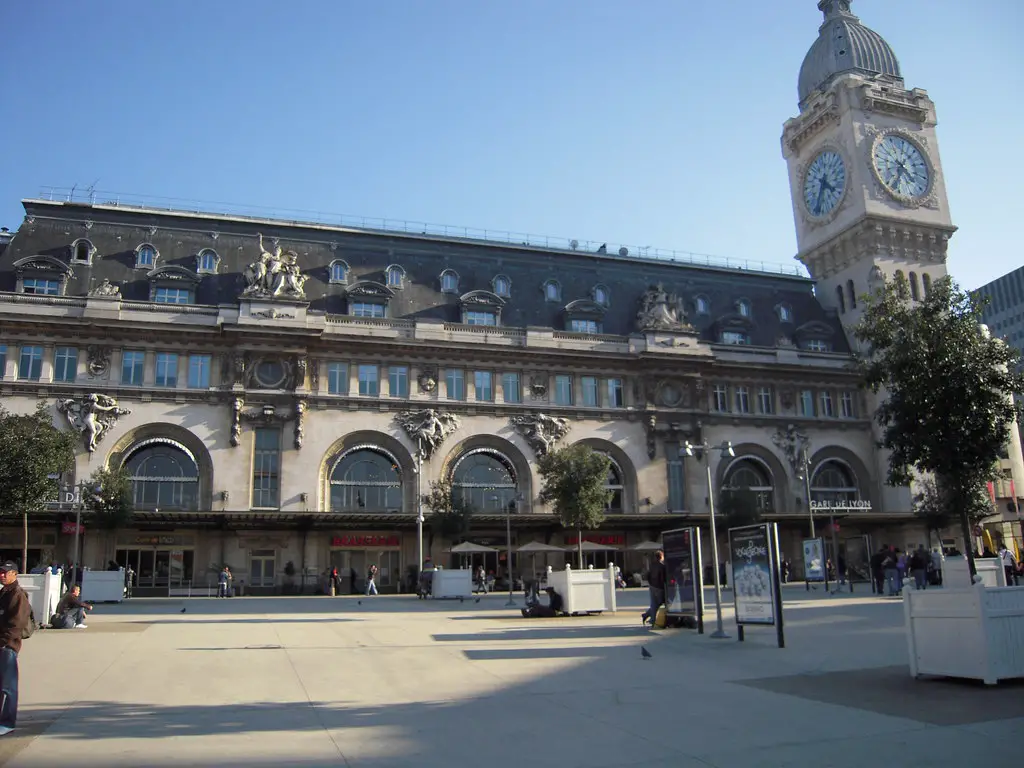
Gare de Lyon is both a historical landmark and a vital transportation hub in the heart of Paris. Its most stunning feature is Le Train Bleu, a luxurious restaurant adorned with gilded moldings, chandeliers, and elaborate frescoes. The station itself boasts an ornate clock tower, reminiscent of a bygone era of grandeur. The combination of these elements captures the essence of Parisian sophistication.
Beyond its beauty, Gare de Lyon plays a crucial role in connecting travelers to southern France and beyond. The station’s bustling atmosphere is softened by its elegant design, making it a pleasant place to begin a journey. Whether admiring its lavish details or enjoying a meal at Le Train Bleu, visitors find themselves immersed in the timeless charm of this Parisian gem.
